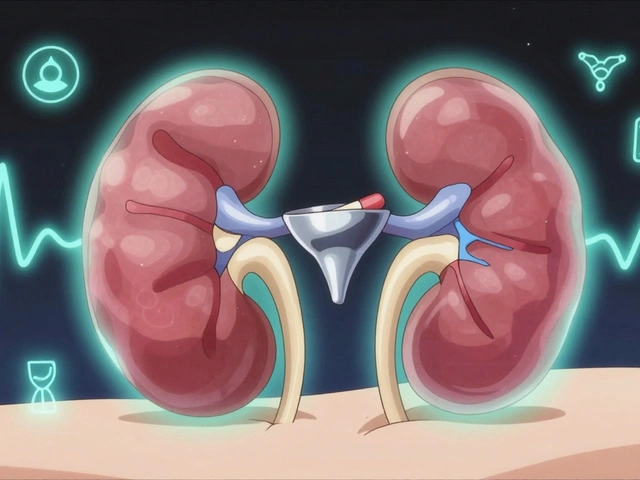Prednisolone: What It Treats and How to Use It Safely
Prednisolone is a common corticosteroid doctors prescribe for inflammation, allergic reactions, asthma flares, and certain autoimmune conditions. It works fast to calm the immune system, so you often feel better within days. That speed is great — but steroids carry real risks if used the wrong way. Read on for clear, practical tips on how to use prednisolone safely and what to watch for.
Quick facts: when and how it's used
Doctors give prednisolone for short bursts (like for severe asthma or a bad allergic reaction) and sometimes for longer courses (for diseases like rheumatoid arthritis or lupus). Doses range widely: a short high-dose course for a flare, or a smaller dose taken daily for chronic conditions. Always follow the exact dose and schedule your prescriber gives you — don't copy someone else's dose or stop suddenly.
Take prednisolone with food to lower stomach upset. If you miss a dose, check instructions or call your pharmacy — don't double up unless told. For multi-week courses, doctors usually plan a taper (gradual dose reduction) so your body can restart making its own natural steroids.
Common side effects and what to do
Short-term side effects often include sleep trouble, increased appetite, mood swings, and fluid retention. Those usually fade after the course ends. Longer use raises the risk of weight gain, high blood pressure, blood sugar spikes (watch if you have diabetes), osteoporosis, and higher infection risk.
Simple steps cut problems: eat a balanced diet, limit salt, track your blood pressure and blood sugar if your doctor asks, and avoid close contact with people who have infections. If you take prednisolone long-term, your doctor may recommend calcium and vitamin D, bone density checks, and vaccines timed around steroid use.
Stop and call your provider if you get severe signs like shortness of breath, chest pain, severe stomach pain, sudden vision changes, unexplained fever, or signs of infection (persistent sore throat, fever, chills). Also call if you notice sudden severe mood changes or thoughts of hurting yourself.
Drug interactions matter. Tell your doctor about all medicines you take — including over-the-counter pain relievers, blood thinners, and certain herbal supplements. Some drugs can increase steroid effects; others can reduce them.
If you're pregnant, breastfeeding, or planning pregnancy, discuss risks and benefits with your clinician. In many cases prednisolone is used when the benefit outweighs the risk, but dosing and timing may change.
Prednisolone is powerful and useful when used correctly. Follow your prescriber’s plan, watch for side effects, and ask questions — a short call to your clinic can prevent bigger problems. If you want more on dosing, taper schedules, or specific interactions, check reliable sources or ask your pharmacist for a quick review.
Biologics vs Steroids: Cost, Efficacy & Safety Beyond Prednisolone
Steroids like prednisolone used to be the default for tough autoimmune diseases, but new biologic drugs are stealing the spotlight. This article compares the true costs, side effects, and effectiveness of biologics and steroids so patients and caregivers can decide when to make the switch. Get the facts about insurance, long-term safety, and the latest research, plus practical tips on navigating your options. We break it down so you can talk to your doctor armed with the facts.






